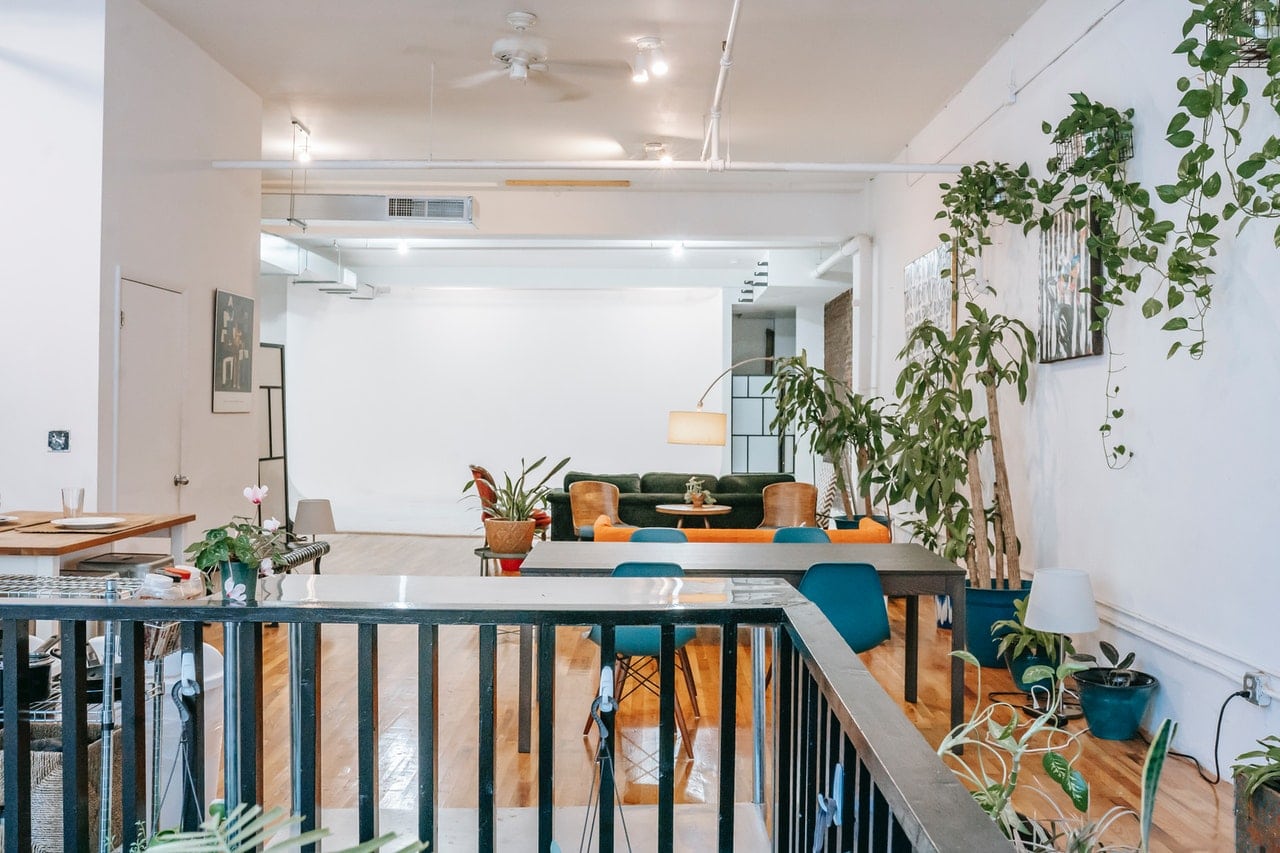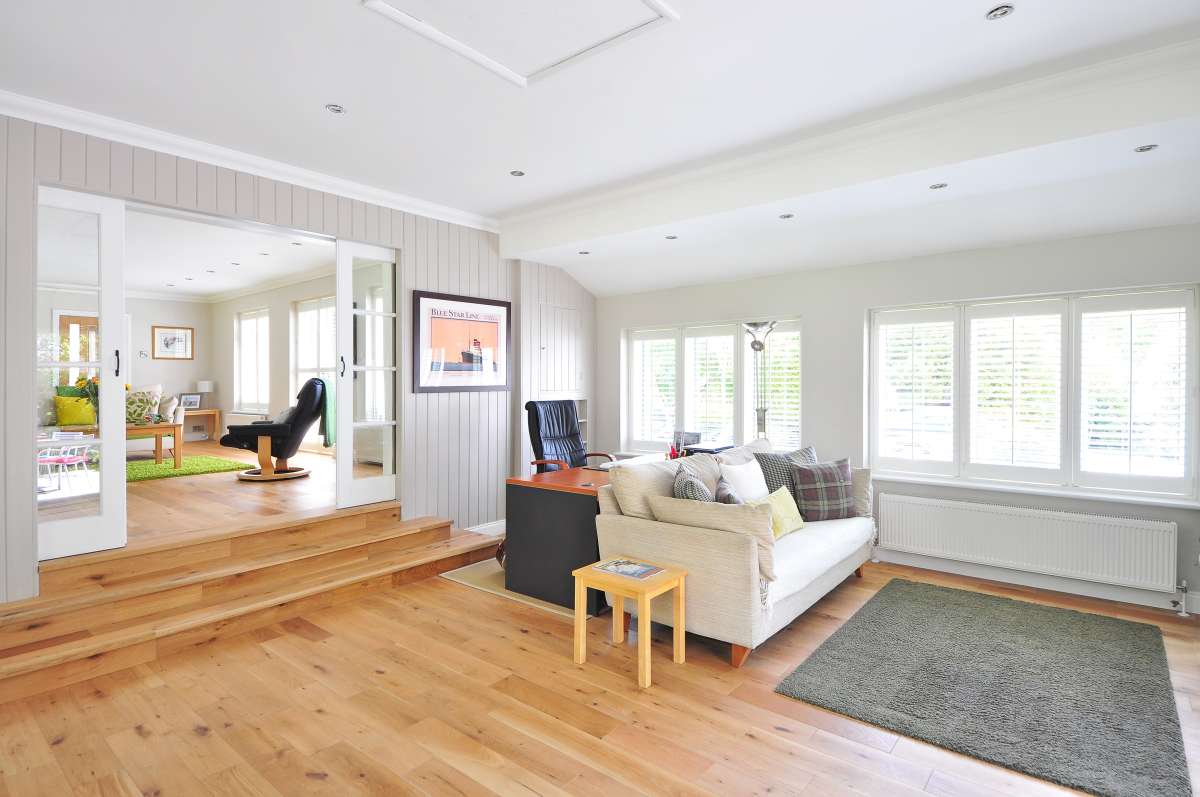Maintaining a house is a significant responsibility, and recladding or repairing weatherboards can seem overwhelming. Weatherboards, often seen on homes across Australia, protect the structure while providing an appealing aesthetic.
However, weatherboards eventually wear down like all materials, requiring either repair or replacement.
Let’s get straight to the point.
Replacing rotten weatherboards is vital for maintaining your home’s structure and appearance. Key steps include assessing damage, choosing quality materials, carefully removing old boards, and installing new ones with proper sealing and painting.
Regular maintenance, like inspecting for rot and repainting, extends weatherboard life. Costs vary based on home size, current cladding condition, material choice, and scaffolding needs. While DIY weatherboard replacement is possible for minor damage, hiring a professional is advisable for extensive repairs. Full replacement may be more effective in the long term to prevent rot from spreading and ensure durability.
Understanding Weatherboard Recladding
Recladding a home can be a straightforward improvement project, whether dealing with a brick-and-tile house or a more stately mansion. However, many factors must be considered before diving into a weatherboard replacement, including the project’s cost and scope.
These costs can be unpredictable, varying widely depending on multiple factors. Let’s explore some essential aspects of weatherboard replacement and recladding.
Steps To Replace Weatherboards
Replacing rotten weatherboards is essential to keep the structure and appearance of your home in top shape, especially since these boards protect your home from external elements. Here are some key tips for replacing rotten weatherboards:
1. Identify The Extent Of Damage
- Inspection: Check all boards for rot, warping, or cracking. Often, damage extends beyond visible rot, so probe the area with a screwdriver to assess softness or damage below the surface.
- Mark Problem Areas: Mark any sections that need replacing so you know exactly where to start when removing the boards.
2. Prepare For Replacement
- Measure & Match: Measure the length and width of the damaged weatherboards to buy matching replacements. Try to match the material, thickness, and profile for a seamless look.
- Purchase Quality Materials: Choose durable materials like fibre cement or high-quality timber that resist moisture, mould, and pests. Pre-primed boards help save time in finishing.
3. Remove Damaged Boards Carefully
- Use Proper Tools: A pry bar and hammer are essential for removing old boards without damaging the surrounding boards. A reciprocating saw can help cut through stubborn spots for difficult nails.
- Work Gently: Carefully pry the damaged board away from the frame to keep the nearby boards intact. Use caution when applying force to prevent cracks or splinters on neighbouring boards.
4. Prepare The Surface
- Inspect the Frame: Once the old board is removed, check the framing behind it for rot or damage. Address any structural issues before replacing the board.
- Seal and Waterproof: Apply a waterproof membrane, flashing tape, or sealant on the exposed frame to prevent moisture from penetrating your home’s structure. This step adds durability to your repair.
5. Cut & Fit New Boards
- Measure Accurately: Measure the gap where the old board was removed and cut the new board to fit. Use a mitre saw or circular saw for clean edges.
- Allow for Expansion: If the boards are made of timber, leave a small gap (around 1-2 mm) between them to accommodate natural expansion and contraction.
6. Fasten The New Board
- Choose the Right Fasteners: Use corrosion-resistant nails or screws designed for outdoor use to ensure long-lasting results. Stainless steel or hot-dipped galvanised fasteners are ideal.
- Secure Carefully: Attach the new board, ensuring it lines up with surrounding boards for a consistent appearance. Avoid overdriving nails or screws, as this can cause wood to split.
7. Sealing And Painting
- Seal All Edges: Apply exterior-grade caulk around gaps or seams, especially around window or door frames where boards meet other surfaces.
- Prime and Paint: Prime the new board (if it isn’t pre-primed) and apply two coats of exterior paint to protect it from the elements. Painting the entire side of the house is ideal for colour consistency, but at a minimum, paint any patched areas for a cohesive look.
8. Regular Maintenance
- Inspect Periodically: Even with high-quality replacement boards, a regular inspection every year or so helps catch early signs of rot, mould, or peeling paint.
- Repaint as Needed: To keep the boards sealed and looking good, repaint every 5–7 years (or as recommended).
Additional Tips
-
- Consider Weatherboard Alternatives: For high-moisture climates, consider fibre cement weatherboards or composite materials that resist rotting better than natural wood.
- Plan for Ventilation: Proper ventilation behind the weatherboards can also prevent moisture buildup that leads to rot.
With these steps, you can successfully replace rotten weatherboards and ensure your home stays well-protected and attractive for years!
Factors That Affect Recladding Costs
Cost is one of the most significant considerations when recladding your home. Unfortunately, providing a fixed quote is not always possible until the project begins because several variables affect the price.
- Size of the Home: A single-story home is generally cheaper to reclad than a multi-story home or a property with a more complex design. Multi-story homes also require more scaffolding, which adds to the cost.
- State of the Current Cladding: The real “moment of truth” arrives when the existing cladding is removed. At that point, the condition of the framing will be revealed, and if the frame is damaged, it will need to be replaced.
- Type of Weatherboard: The material you choose for your new weatherboards significantly affects the final cost. While cedar and other natural woods are beautiful, they are prone to cracking, rotting, and separating, making them more expensive in the long run than synthetic alternatives. Composite weatherboards, on the other hand, are generally more durable and cost-effective.
- Scaffolding and Access: The cost of scaffolding will increase accordingly if your home is located on difficult terrain or the design makes access challenging.
Can You Replace Weatherboards Yourself?
If you’re wondering whether you can handle weatherboard replacement independently, it largely depends on your experience and confidence in completing such a task. Many homeowners in Melbourne, for example, find that replacing weatherboards is a manageable DIY project, especially when only a few boards need to be replaced.
However, hiring a professional is advisable if the damage is extensive or you’re uncomfortable with the work. At Hitch Property Constructions, we specialise in weatherboard repair and replacement in Melbourne.
This service is a practical way to preserve the value of your property if you’re looking to restore the beauty of your home.

Why Replace All Weatherboards?
Though replacing only the damaged boards may seem more cost-effective, this approach may not always be the best in the long run. Rot spreads, and it’s often too late to save adjacent boards when you notice visible damage.
- Complete Replacement: In most cases, replacing all the weatherboards is the most efficient way to ensure your home is protected. Typically, weatherboards last around 10-15 years, so if you’re already dealing with rot, most of your boards are likely near their lifespan.
- Inspection: A professional inspection can help determine whether it’s necessary to replace all the weatherboards, and it’s often a good idea to get this done before making any decisions.
Preventing Weatherboard Damage
To ensure that your weatherboards last as long as possible, it’s essential to invest in regular maintenance. A few tips include:
- Clean gutters regularly. Gutters direct water away from your walls, preventing water damage to the weatherboards.
- Inspect for rot: Make it a habit to inspect your weatherboards regularly for signs of rot or damage. Replacing a few boards early can save you from a much larger job.
- Repaint and reseal: Applying a fresh coat of paint every few years helps protect the wood from moisture, UV rays, and other environmental factors.
Conclusion
Replacing rotten weatherboards is necessary for maintaining your home’s structural integrity and visual appeal. Whether tackling the job yourself or hiring a professional, ensuring the job is done correctly is essential for long-term durability. Consider all your options, including alternative materials like vinyl or composite cladding, which can enhance durability and energy efficiency. By taking the time to maintain your weatherboards properly, you can extend the life of your home’s exterior and protect its value for years to come.
FAQs About Weatherboard
How Often Do You Need To Paint A Weatherboard House?
As a rule of thumb, weatherboards should be painted every five years. Make sure that you fix wood that has been damaged in places around the outside of your house. If possible, you should go for a polyester resin, which will fill the holes in the wood.
What Type Of Wood Is Weatherboard?
Weatherboards are made from reconstituted timber and hardwood stained or painted to your preference. In Australia, hardwood weatherboards can be constructed from cypress pine, Tasmanian oak, gum, and mahogany trees.
Is Weatherboard Cladding Safe?
Cedral sidings are weatherboards made of fibre cement with an excellent fire-resistance rating of A2-s1, d0. This means that in the event of a fire, they will barely generate any smoke and will not spread fire. This makes Cedral Sidings a reliable choice for any builder or renovator concerned with having a safe home.
How Do You Insulate A Weatherboard House?
Add layers. If you’re replacing weatherboards, wrap the building in a layer of builder’s paper or house wrap. You might also consider adding a reflective foil layer over the insulation to reduce condensation build-up.
Is Wood Cladding High Maintenance?
Thanks to its high durability, timber cladding requires very little maintenance. However, necessary maintenance and repairs can be completed easily and affordably.


